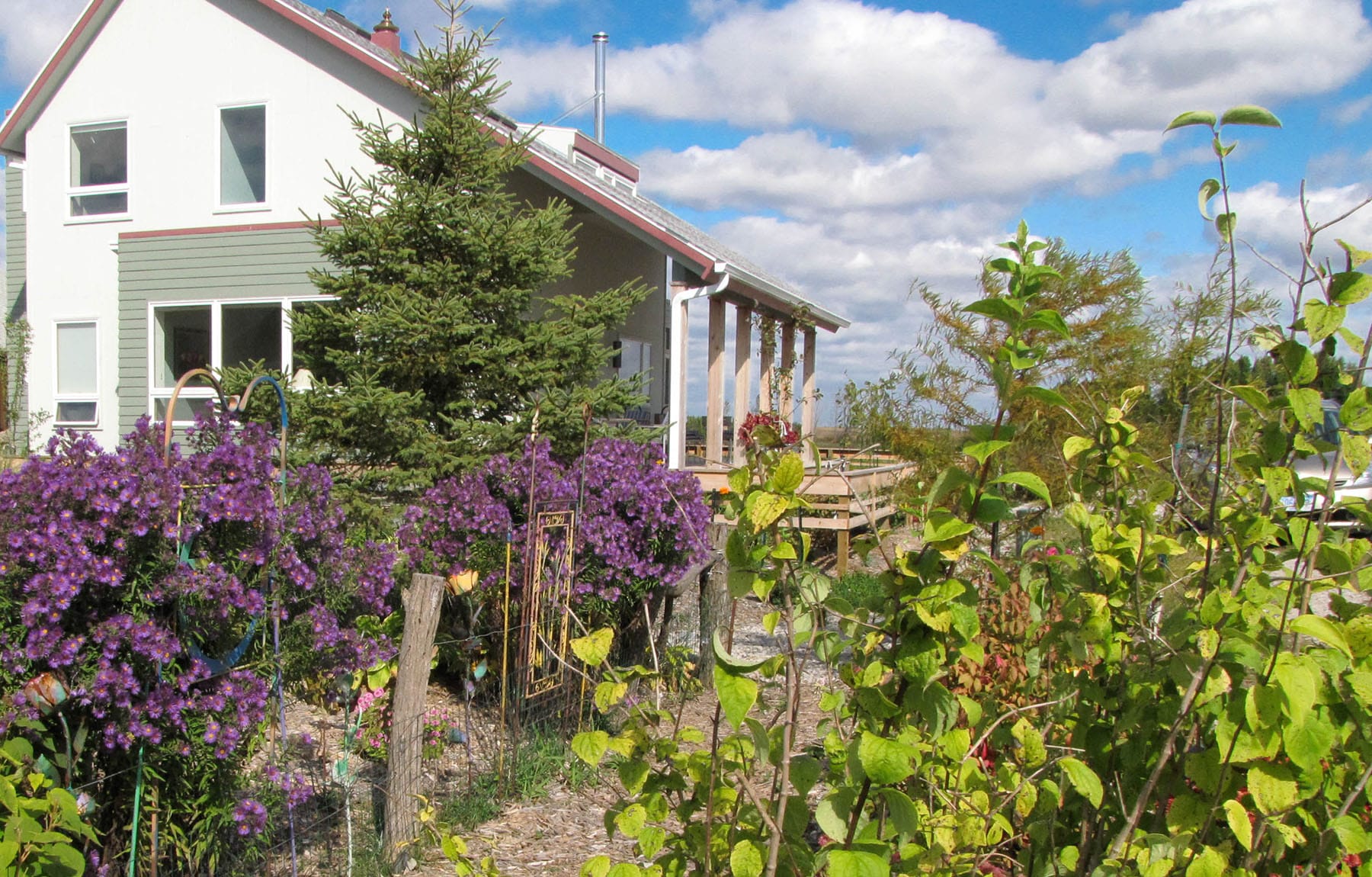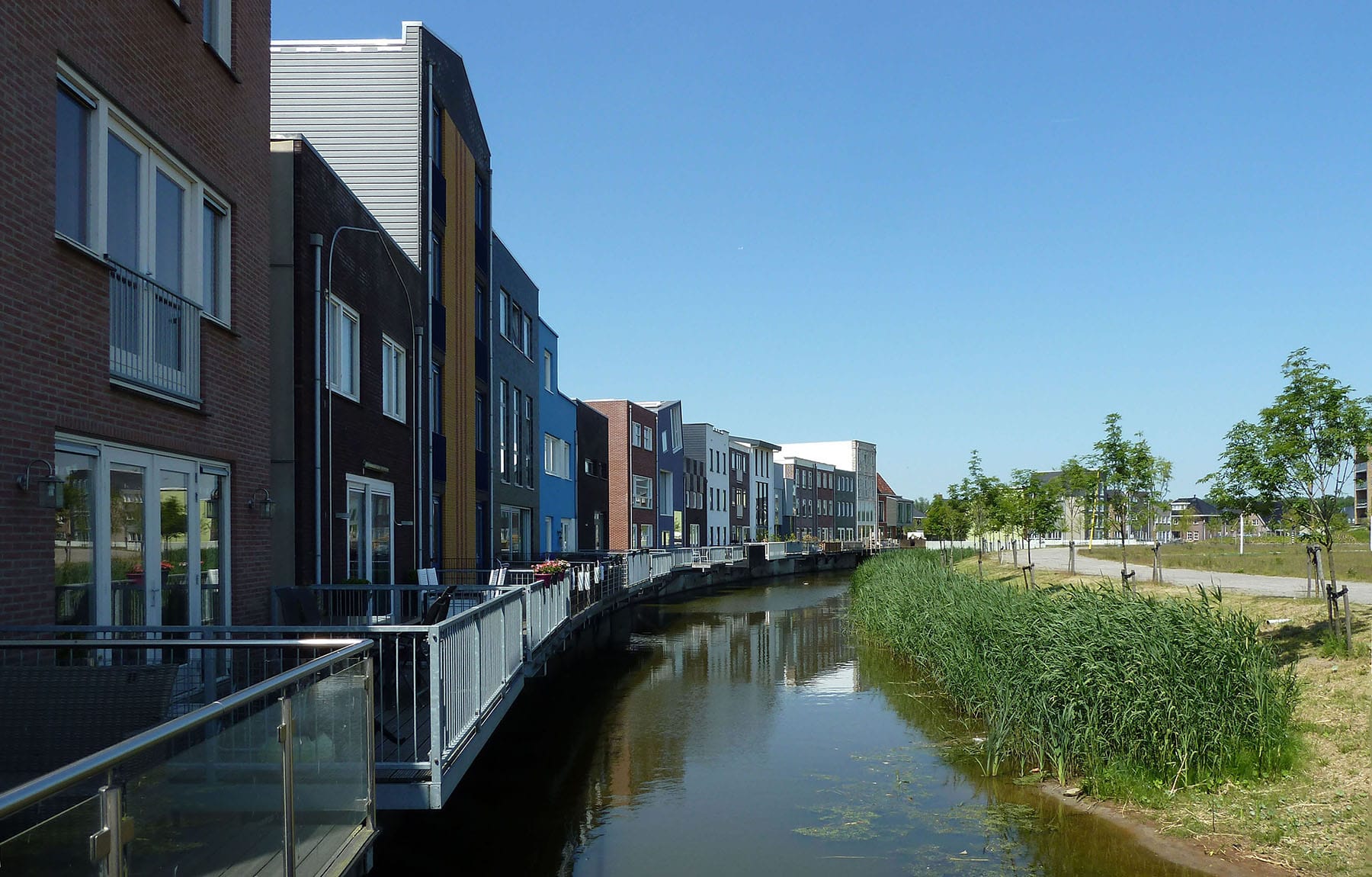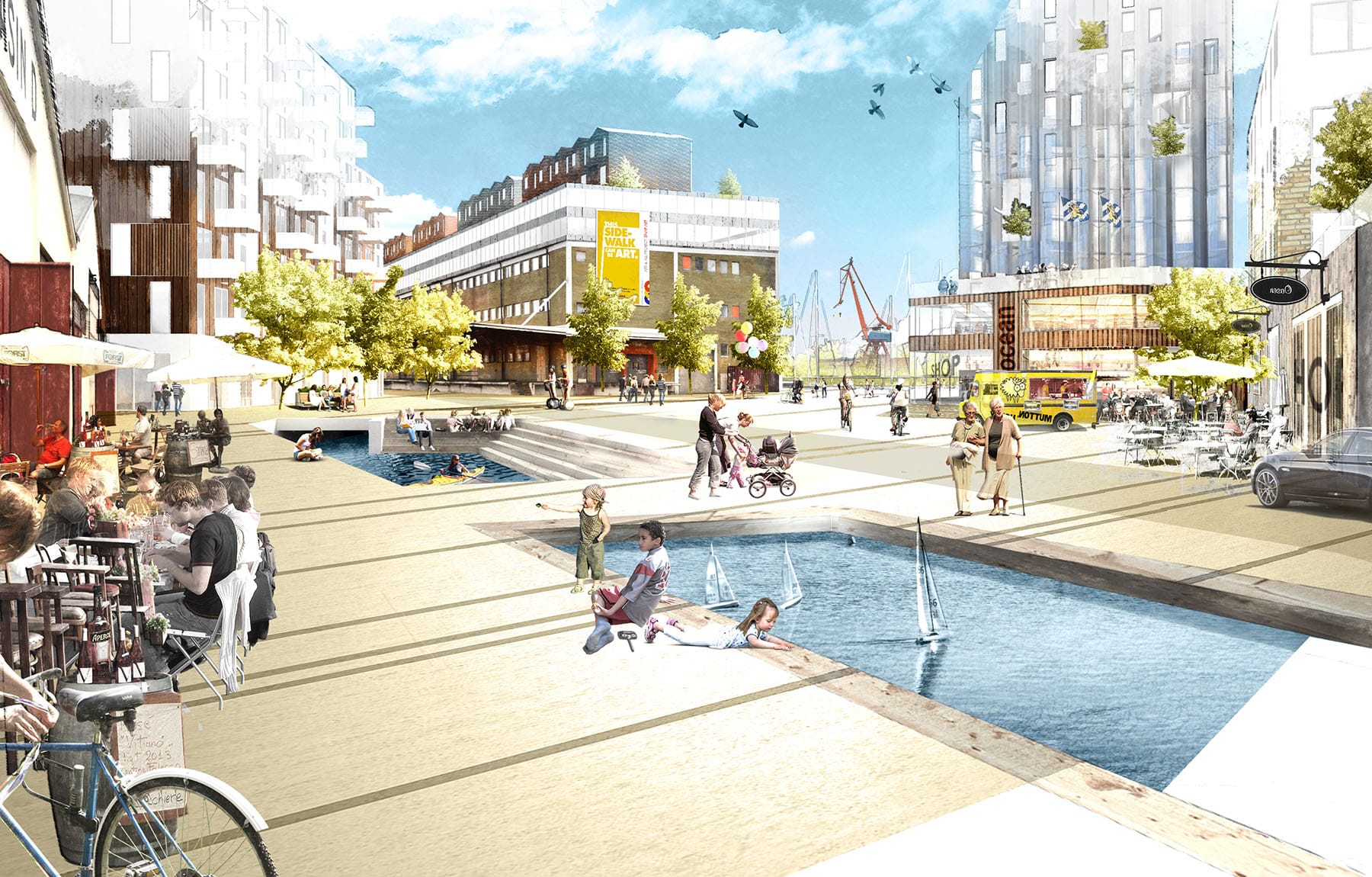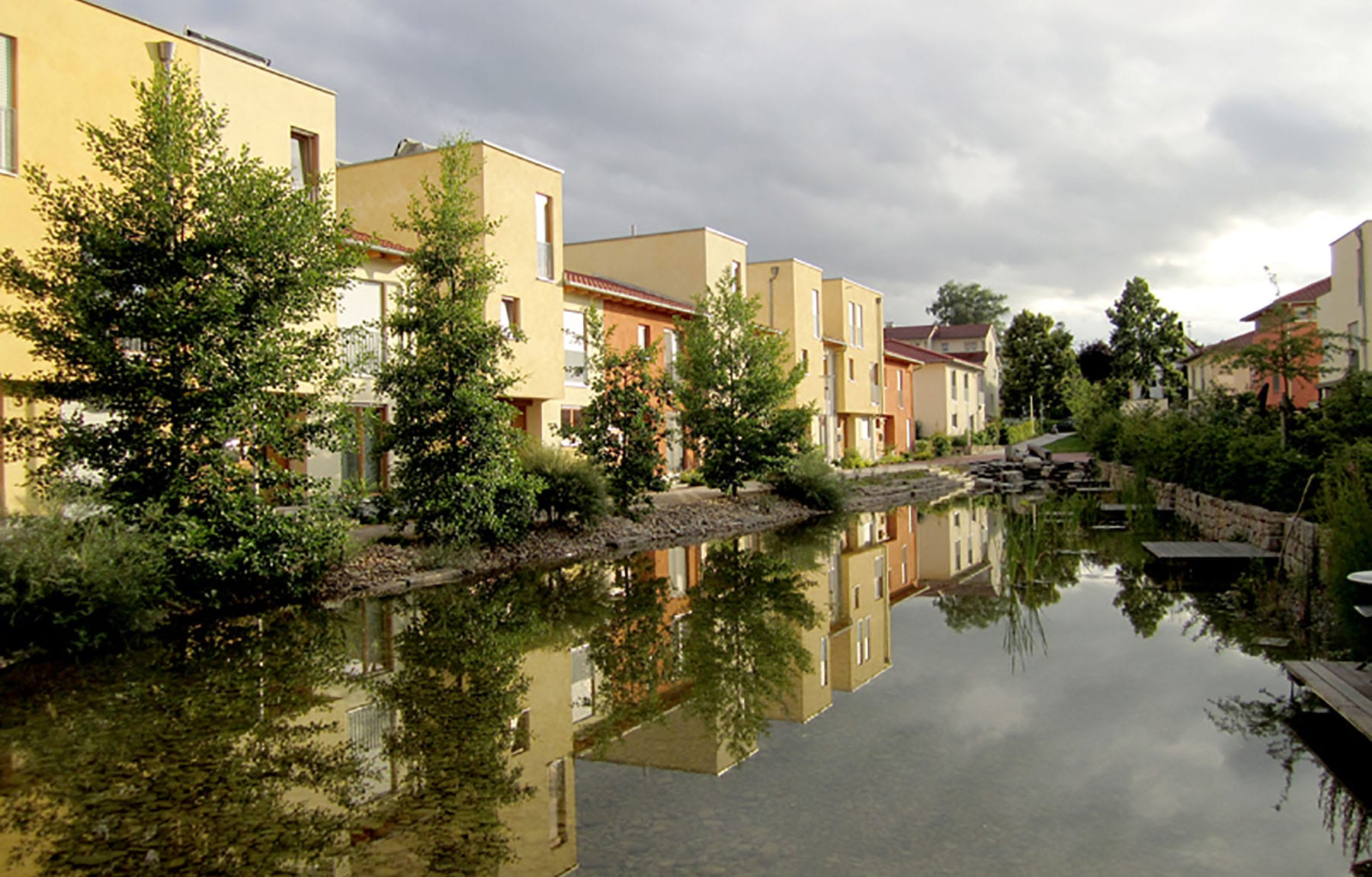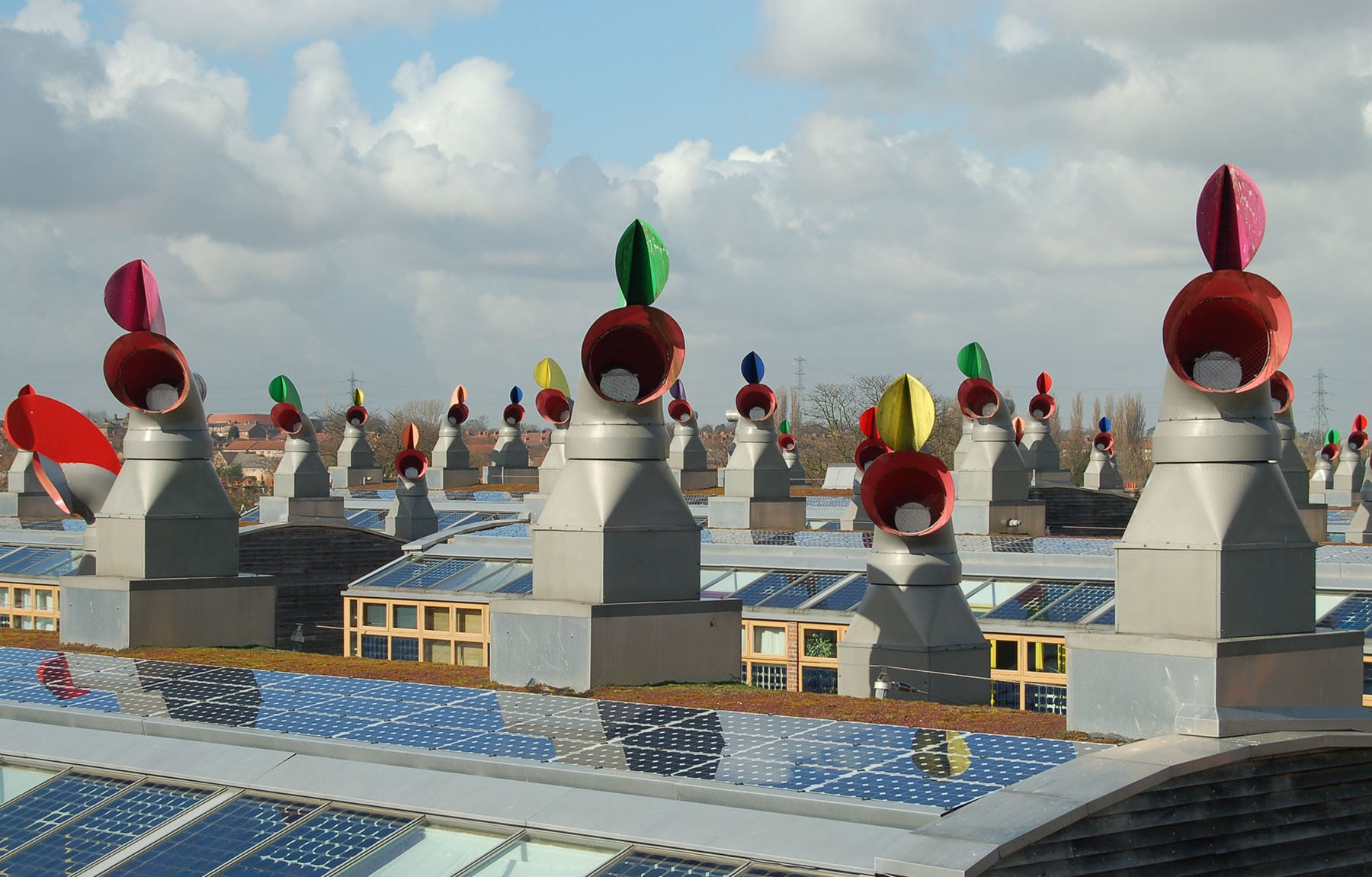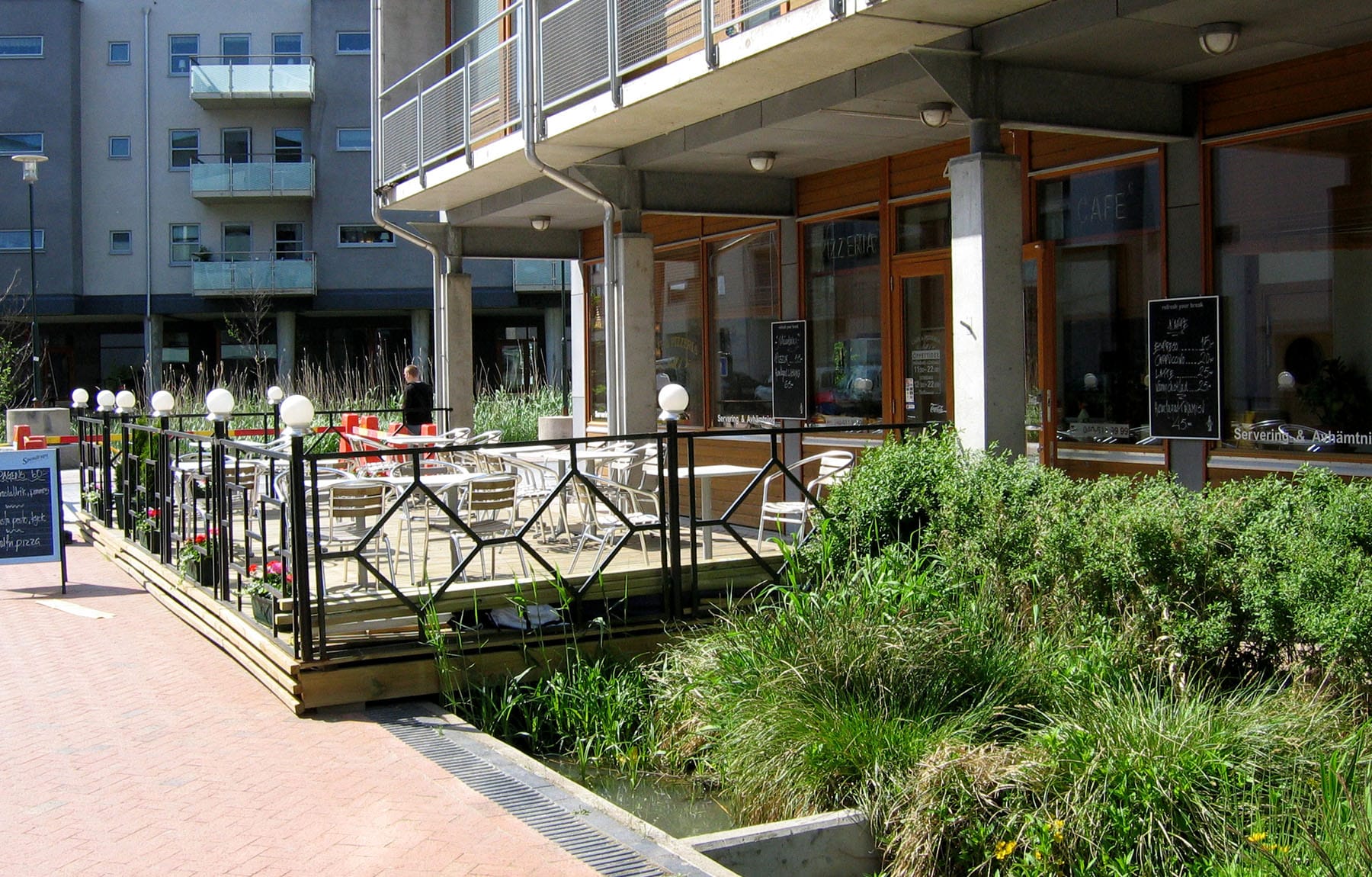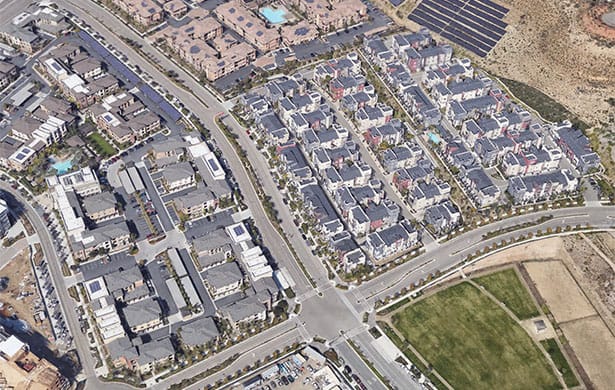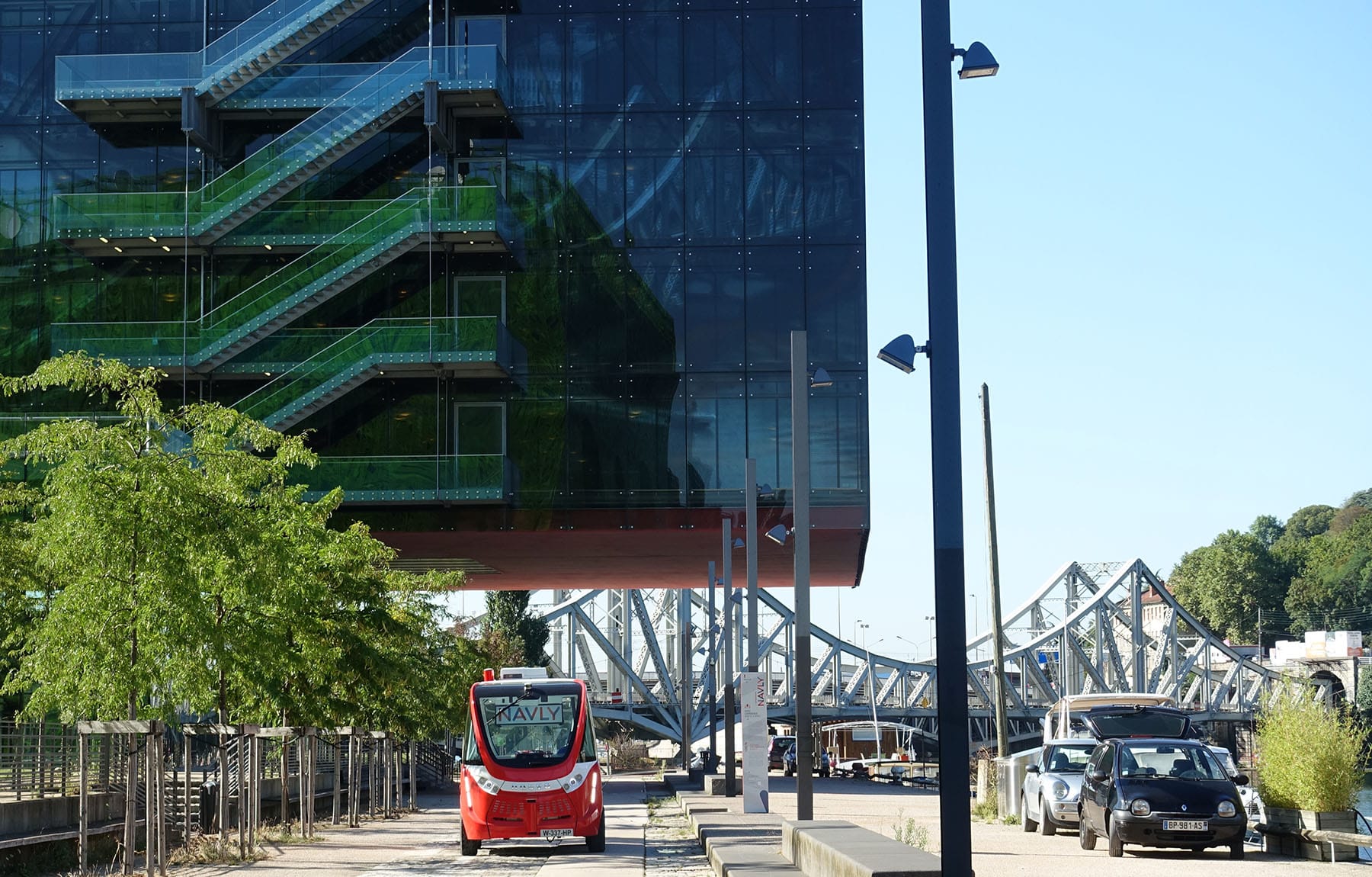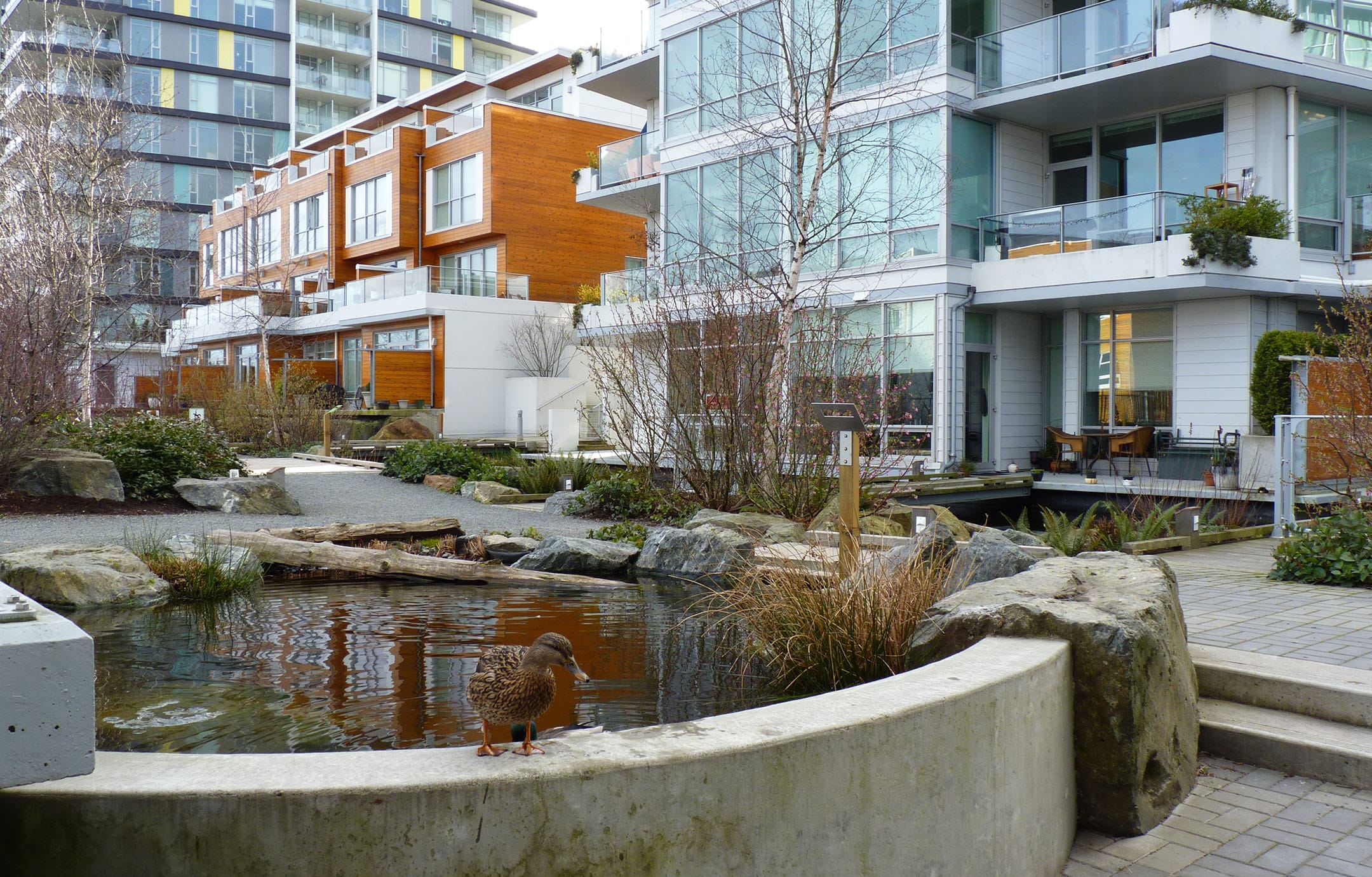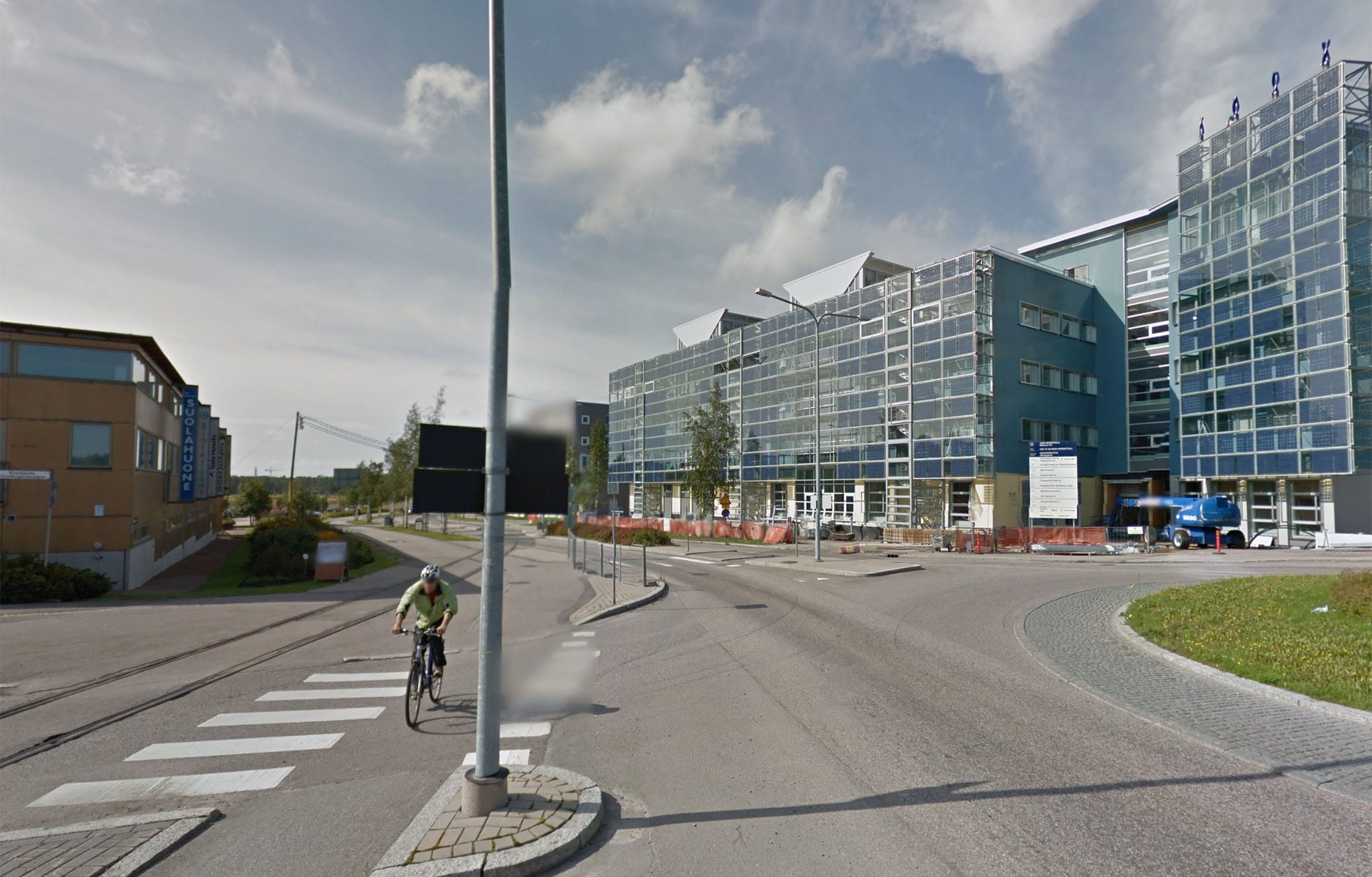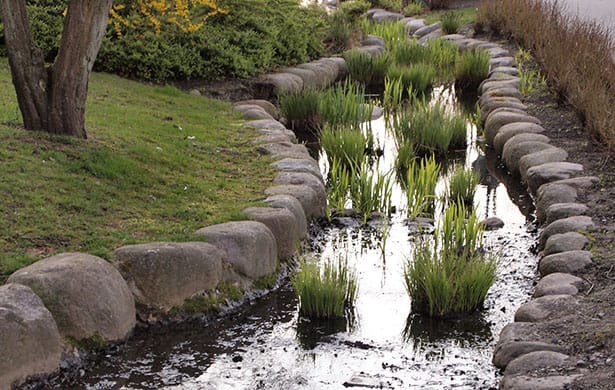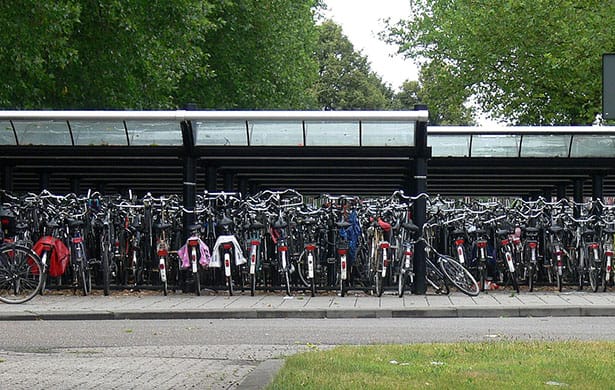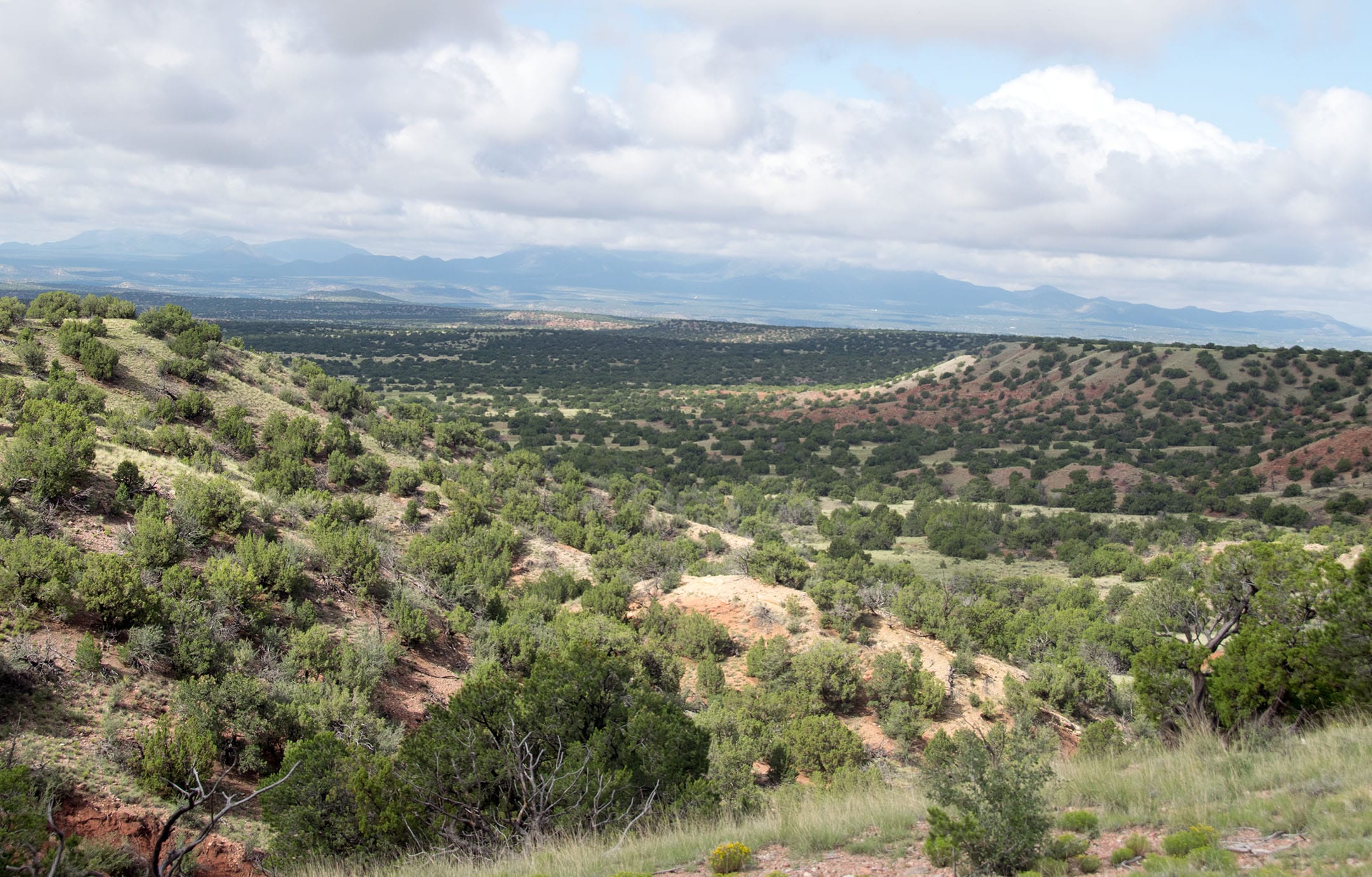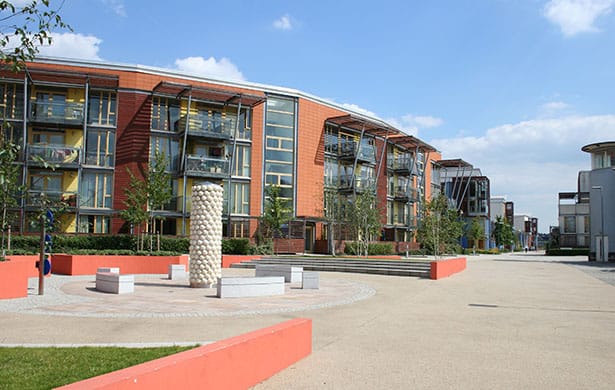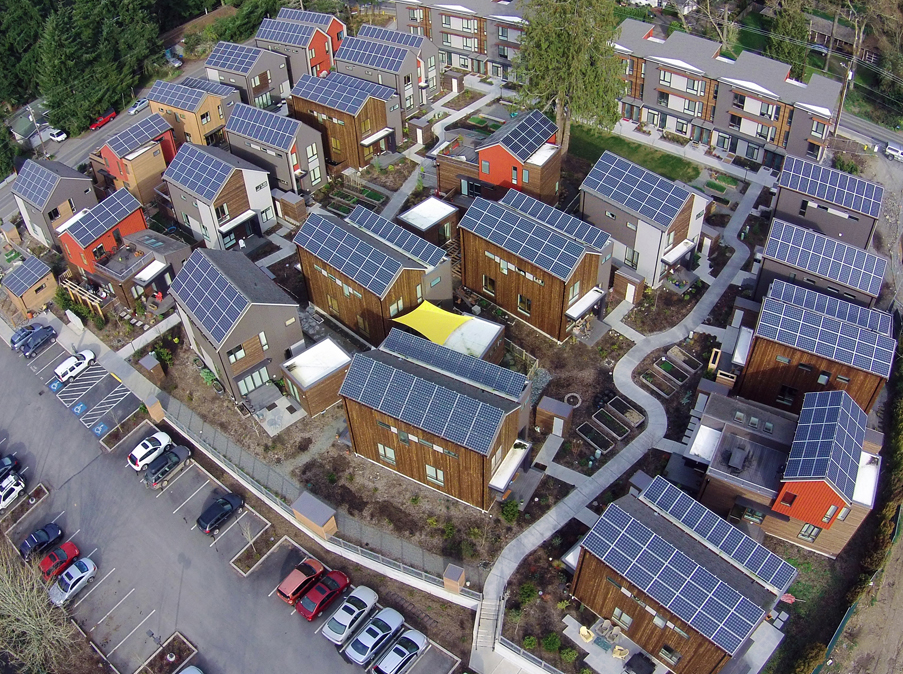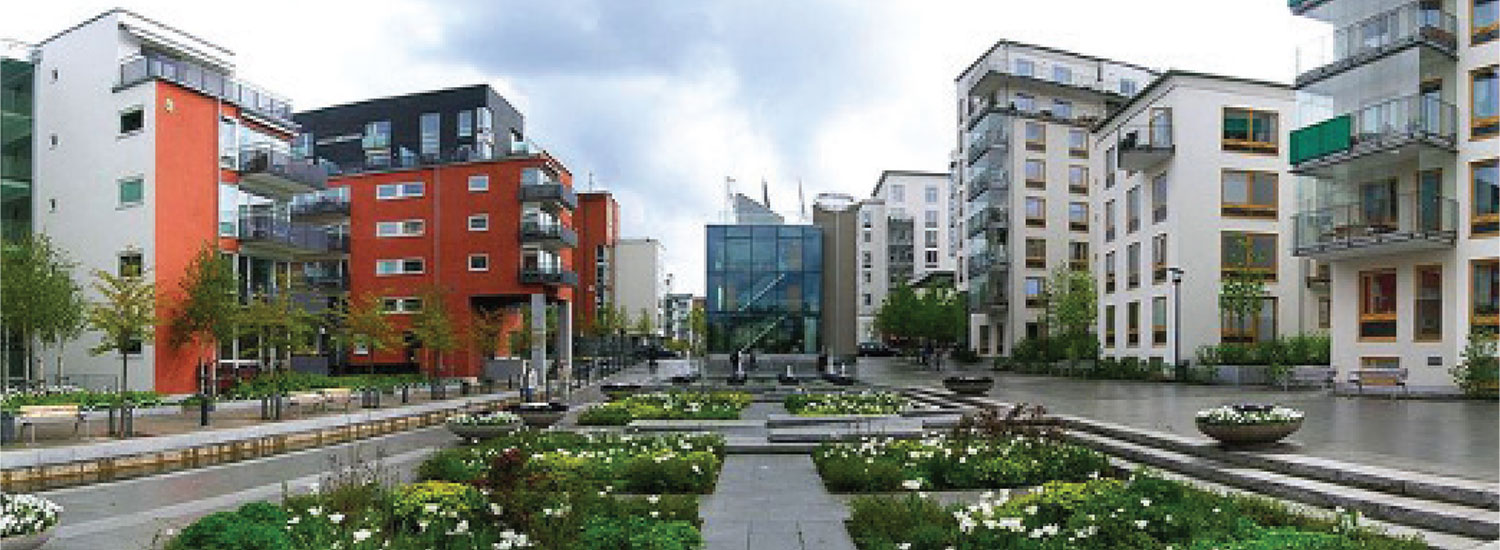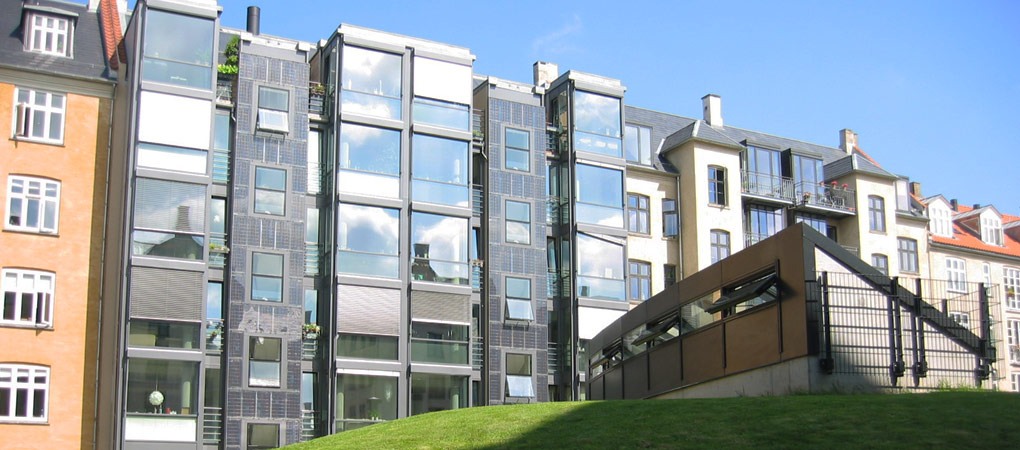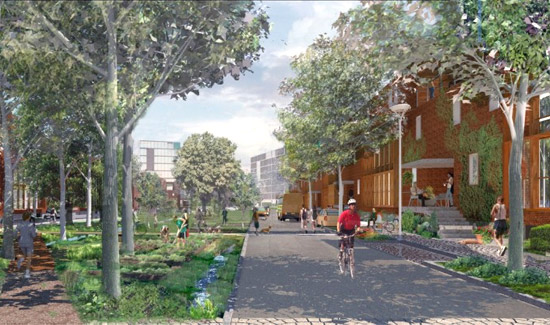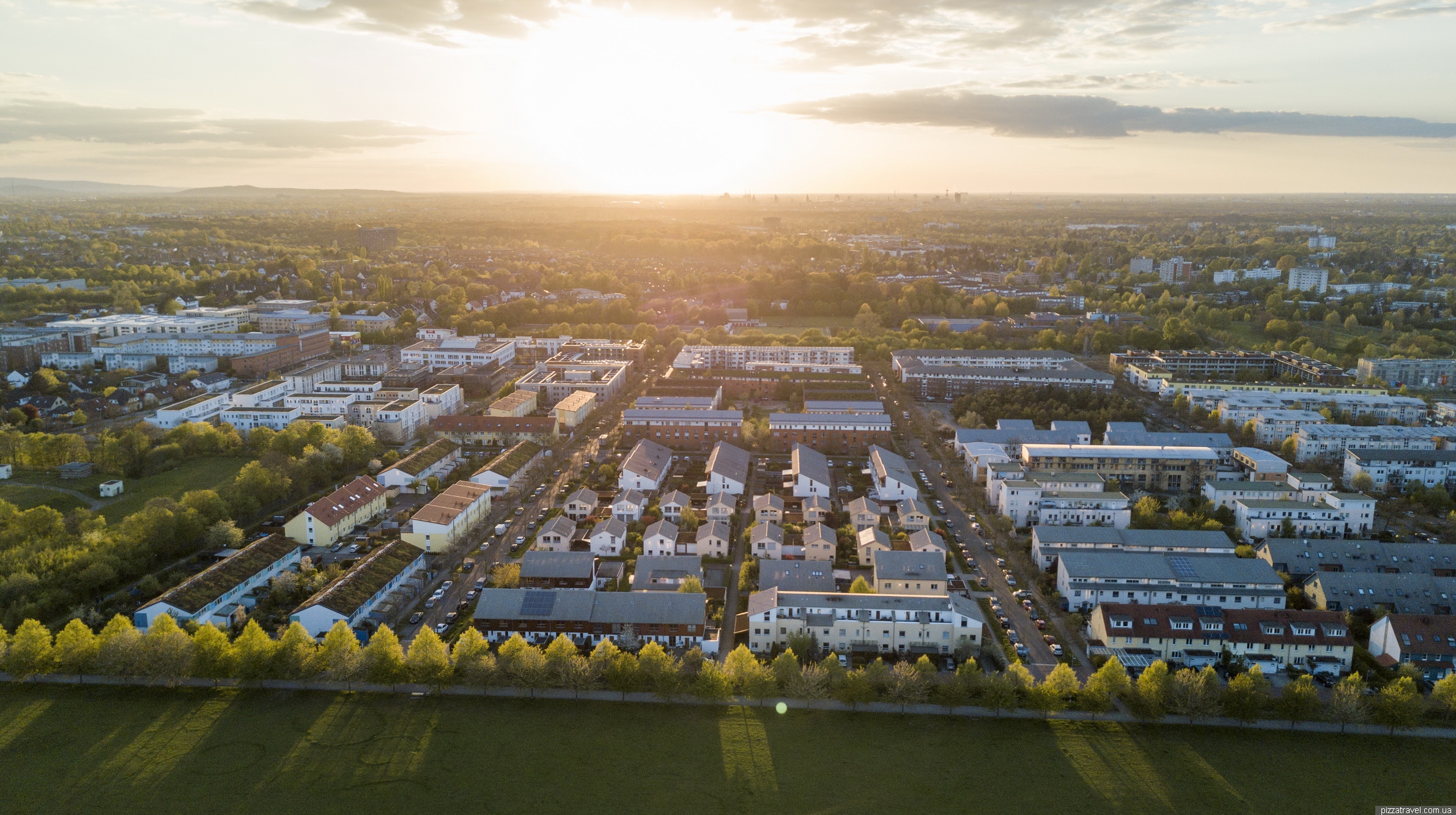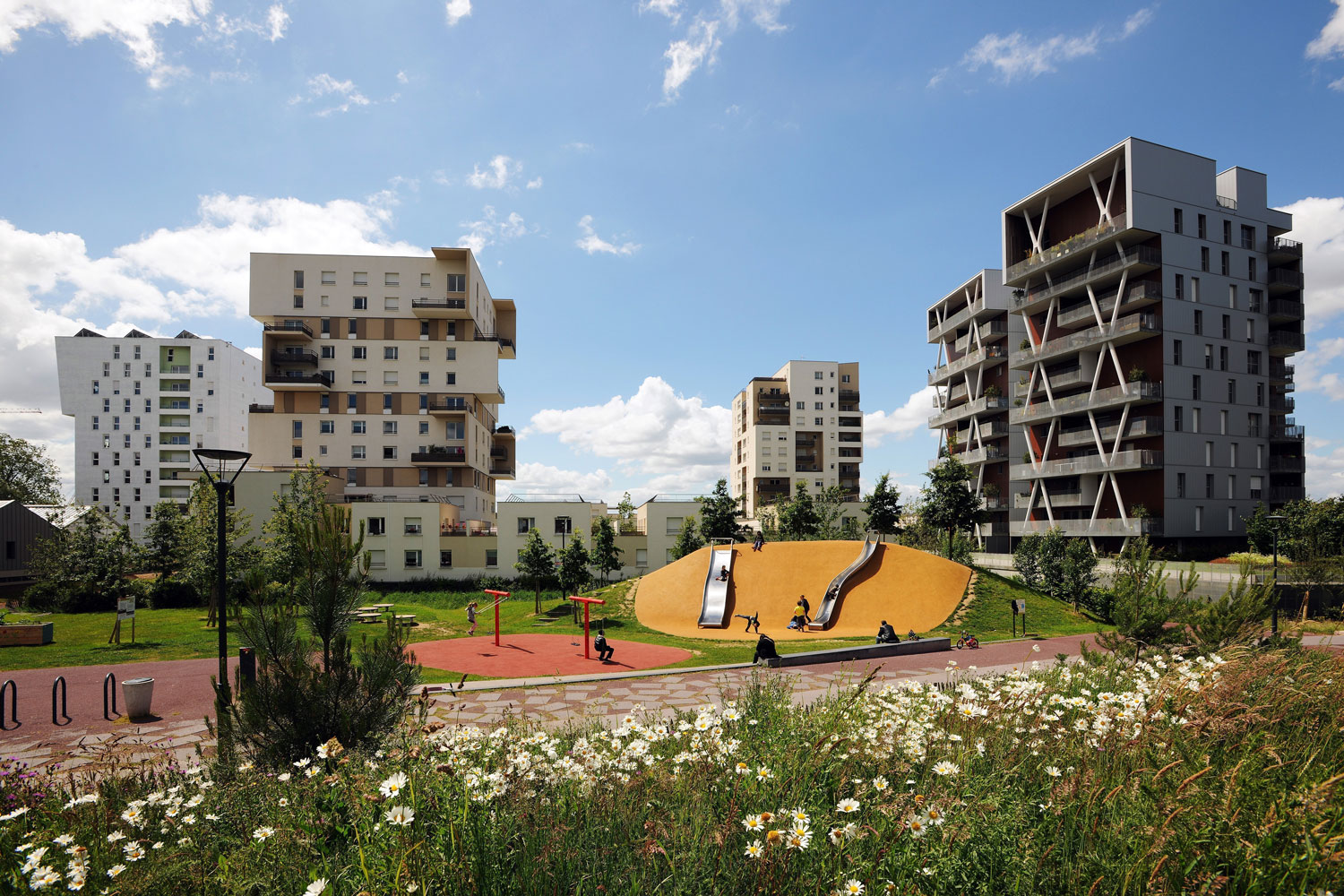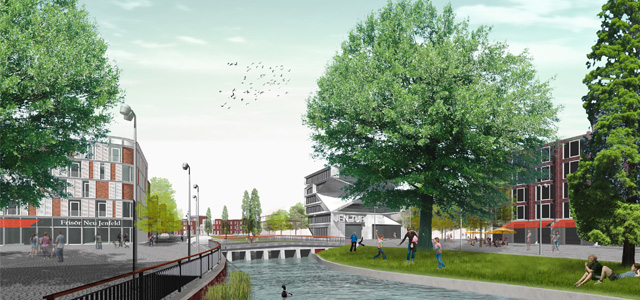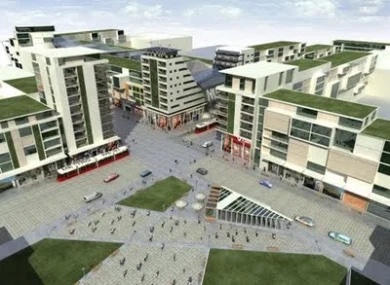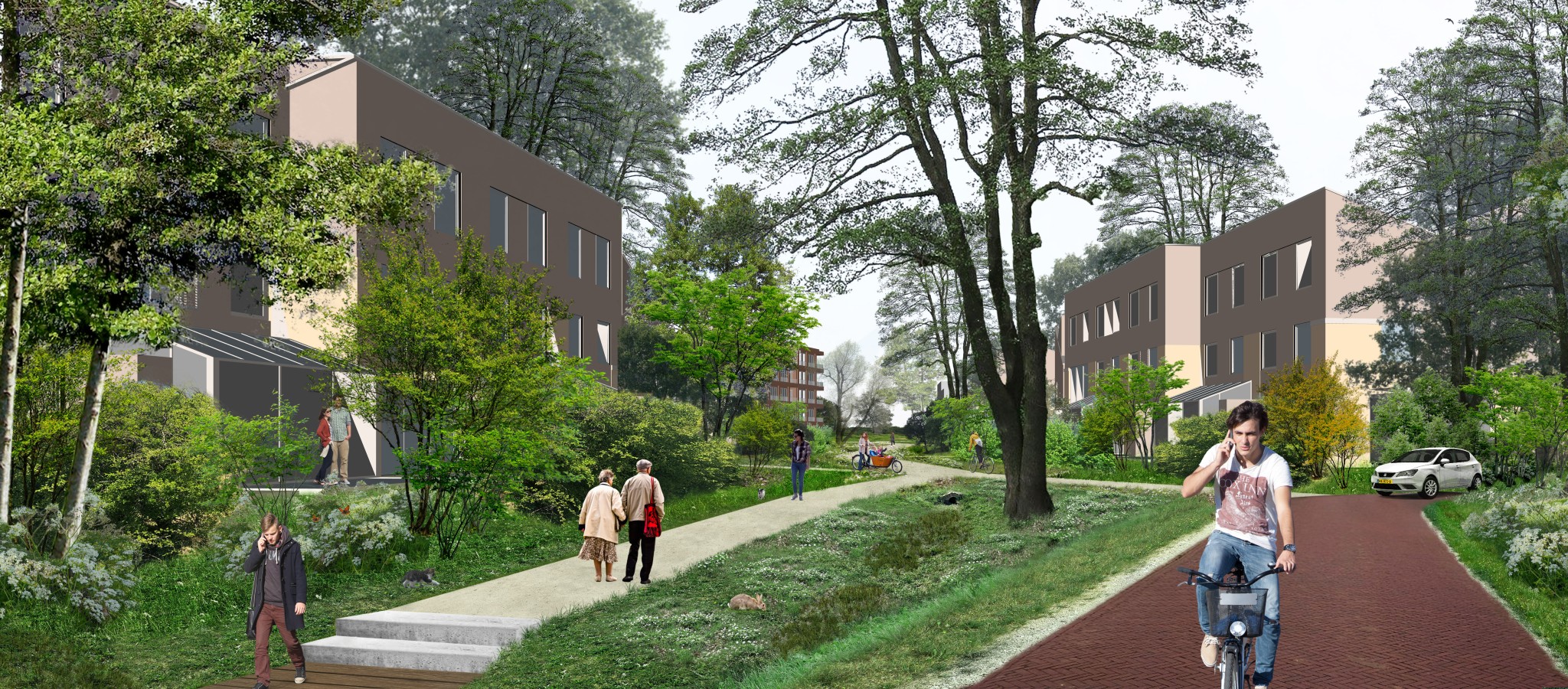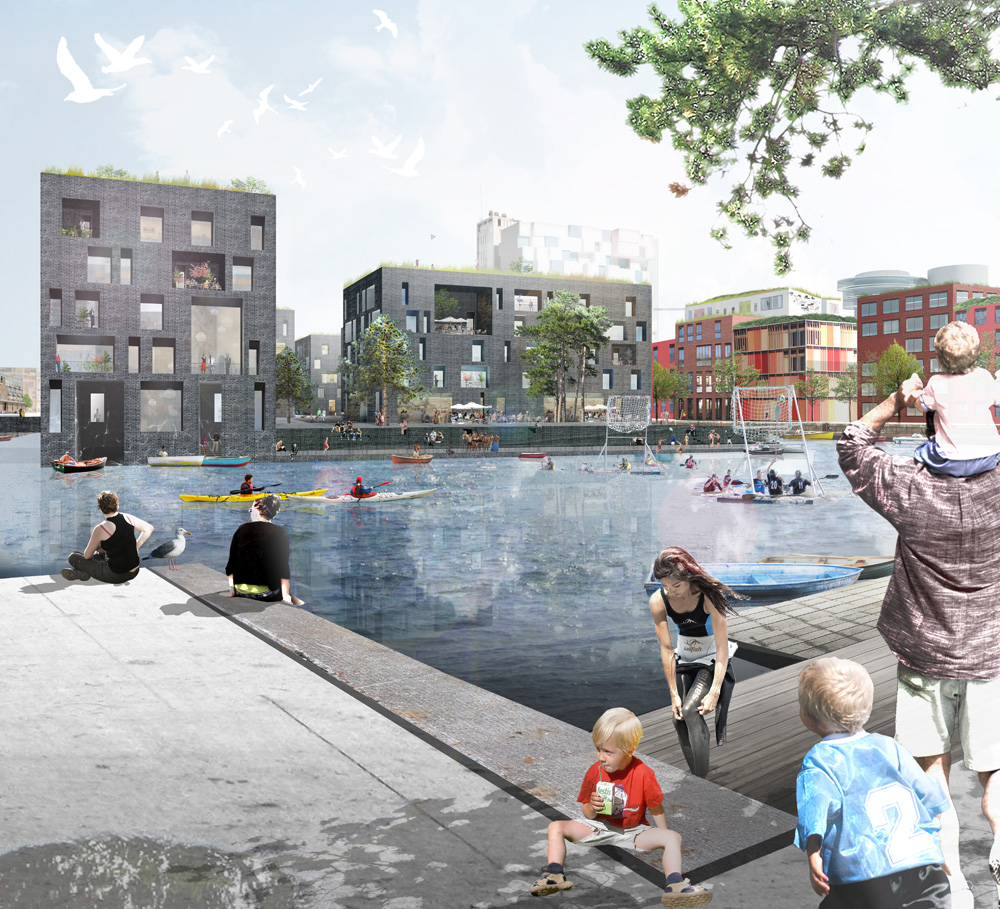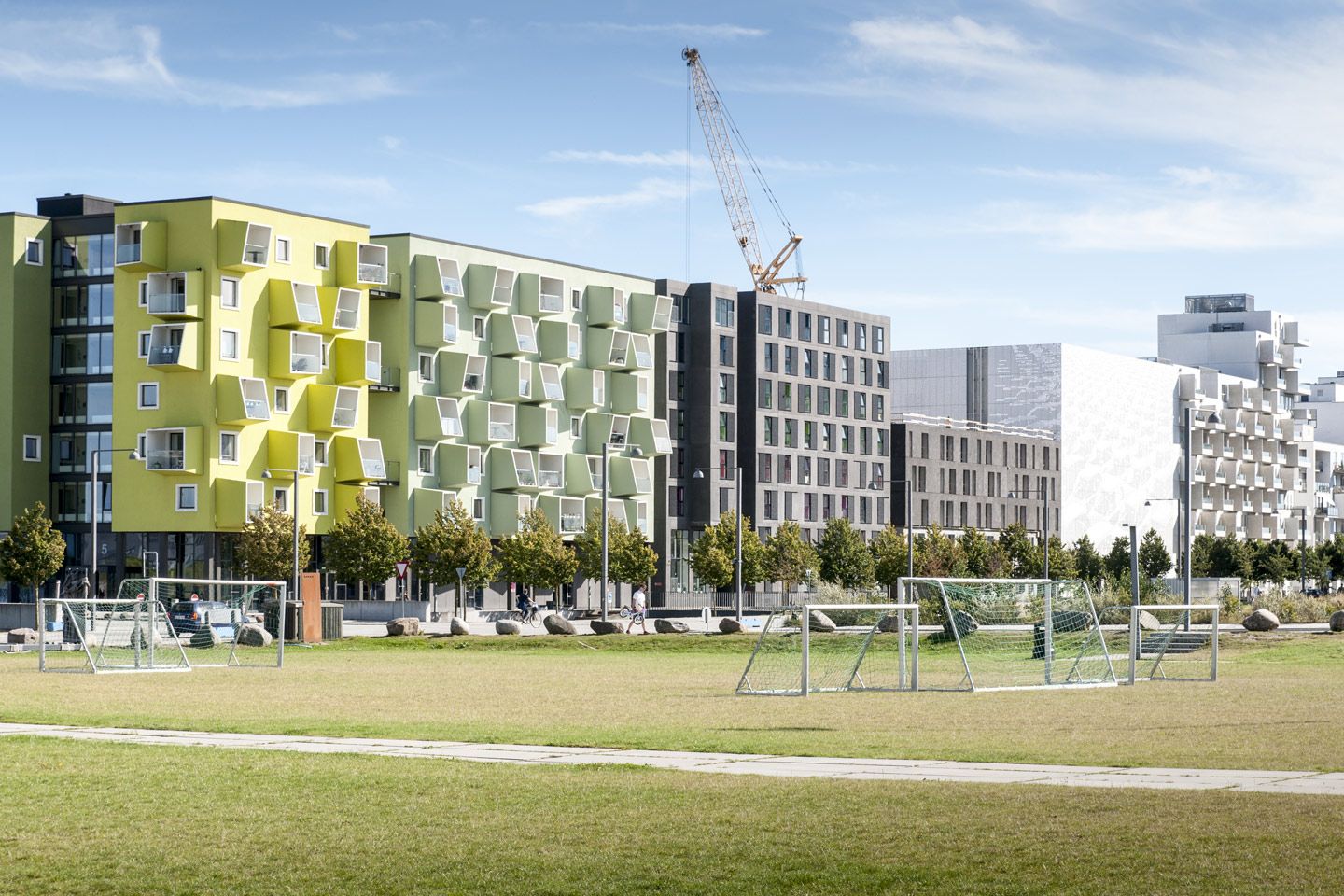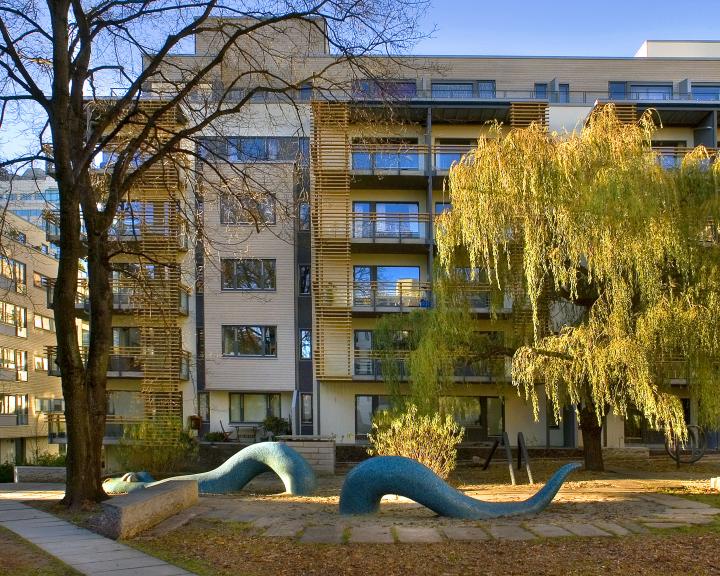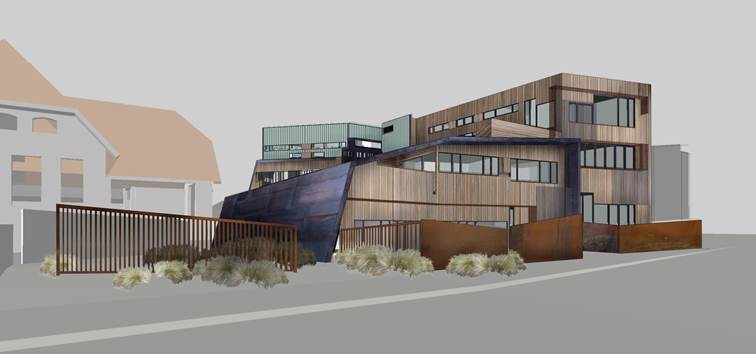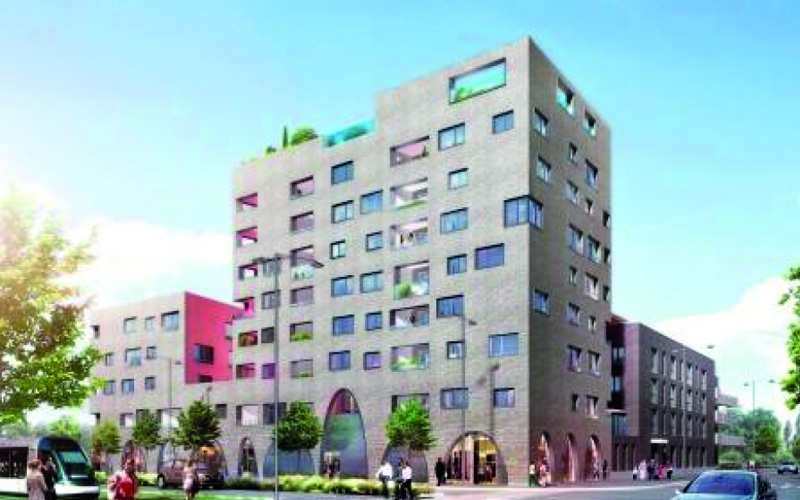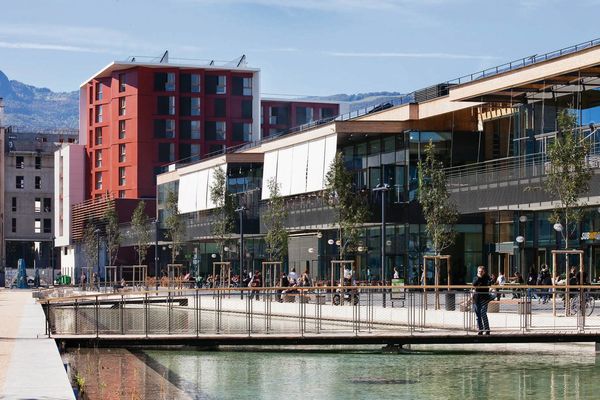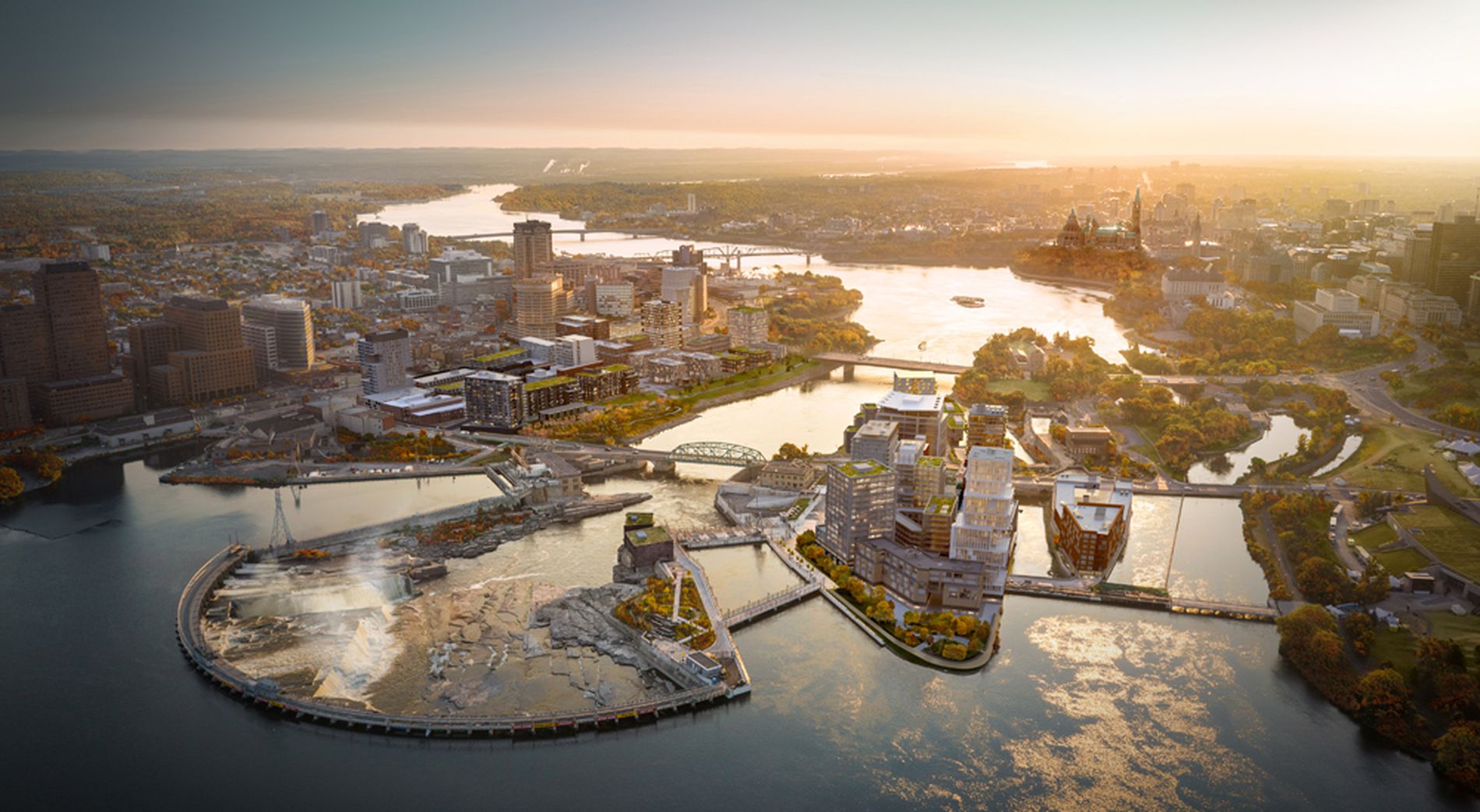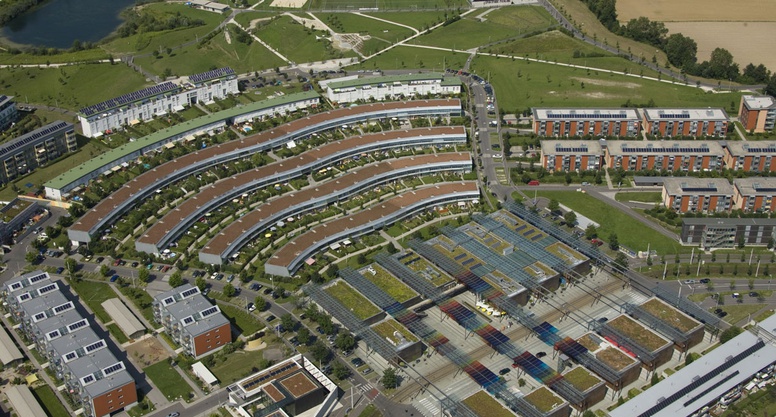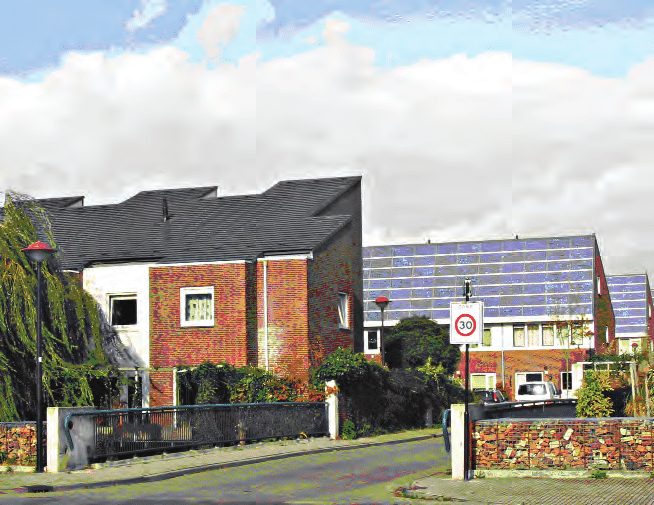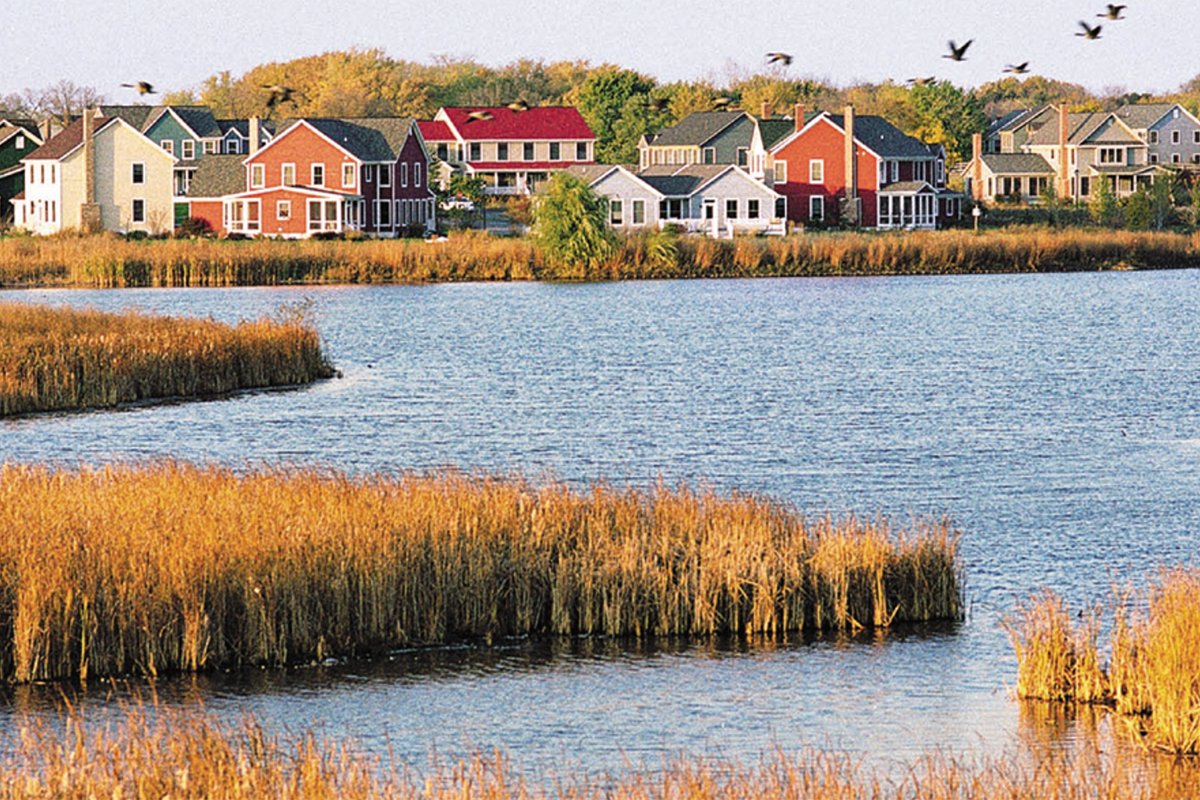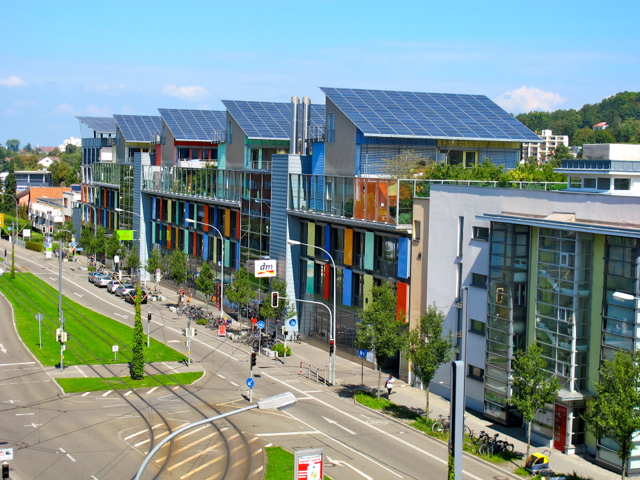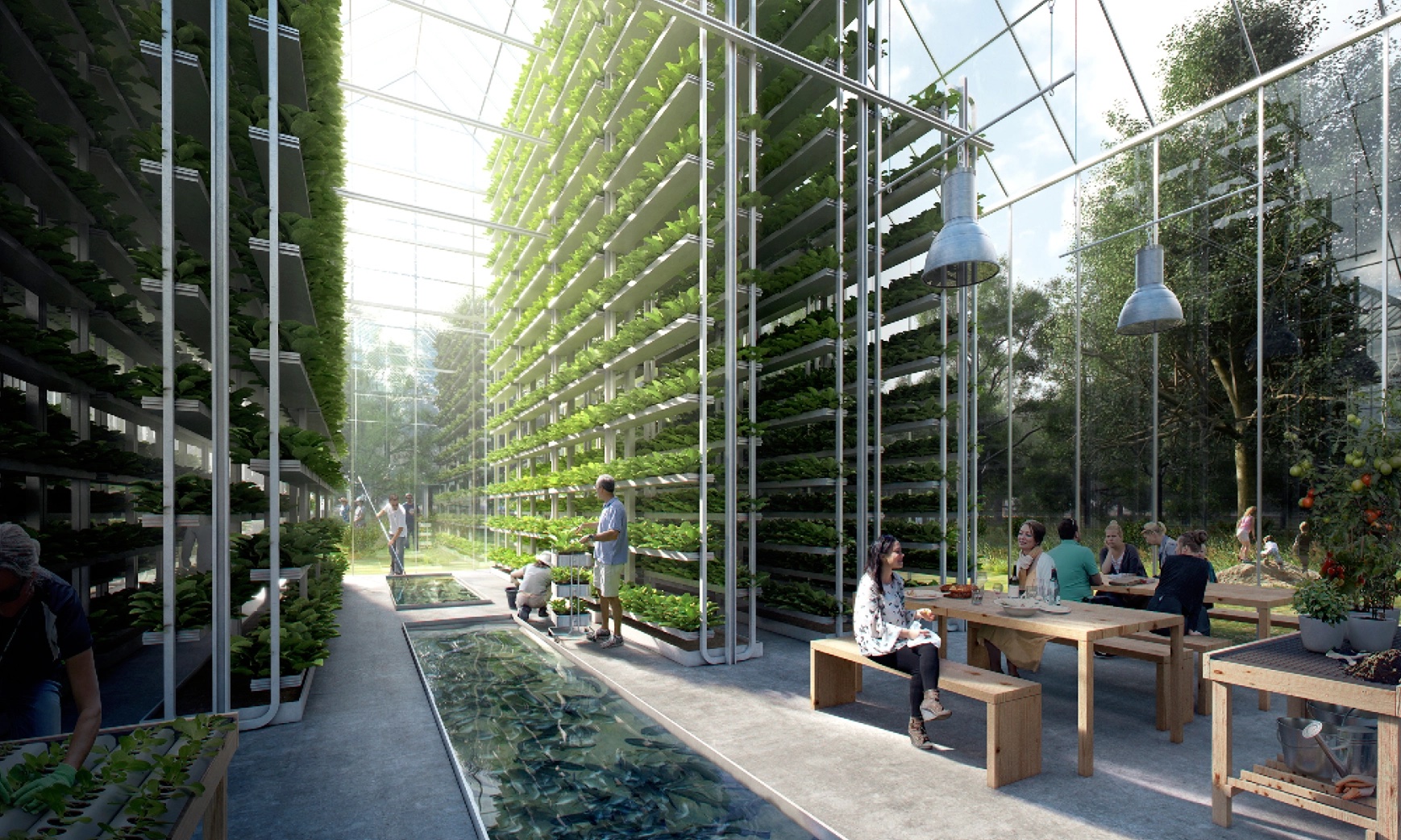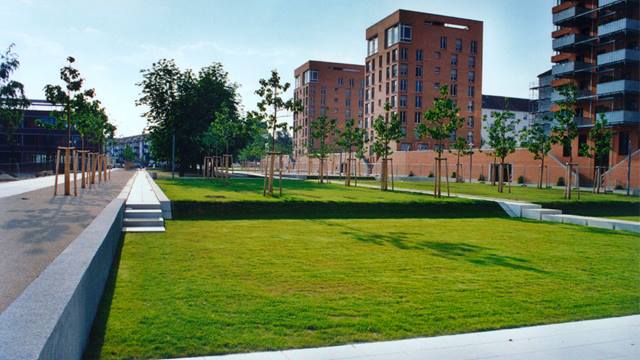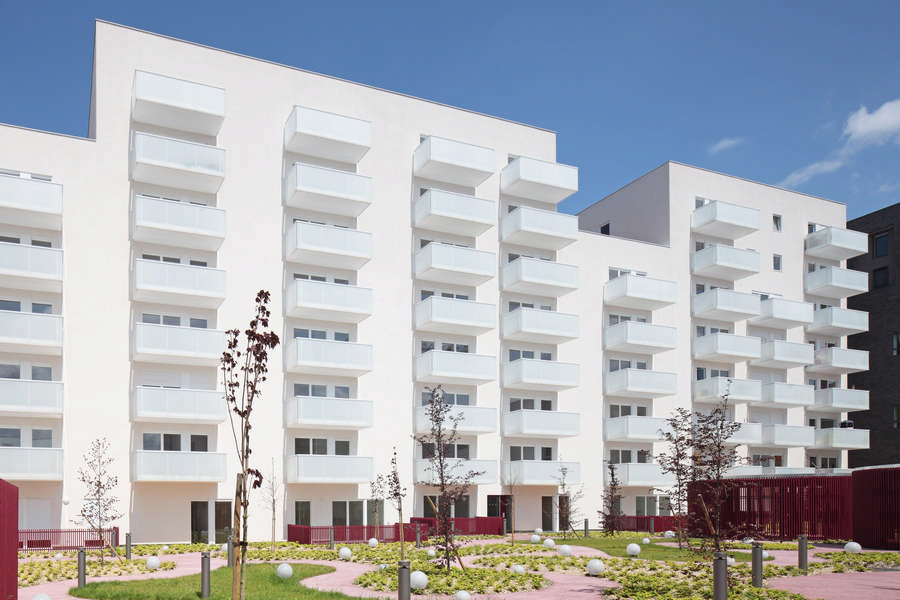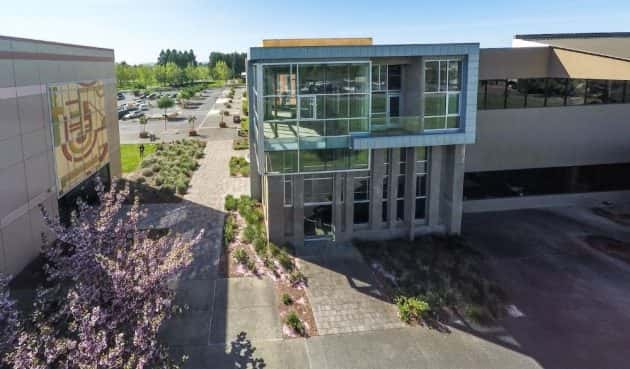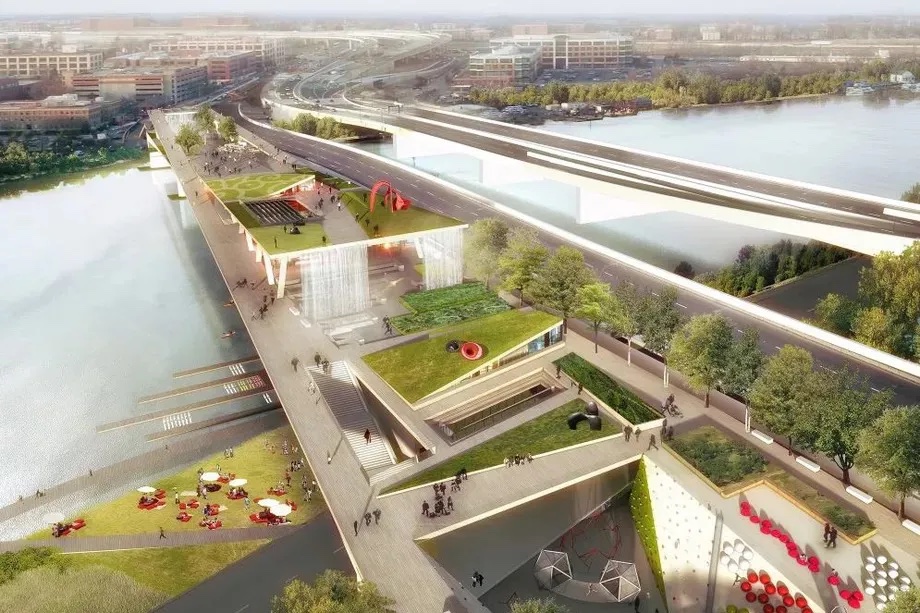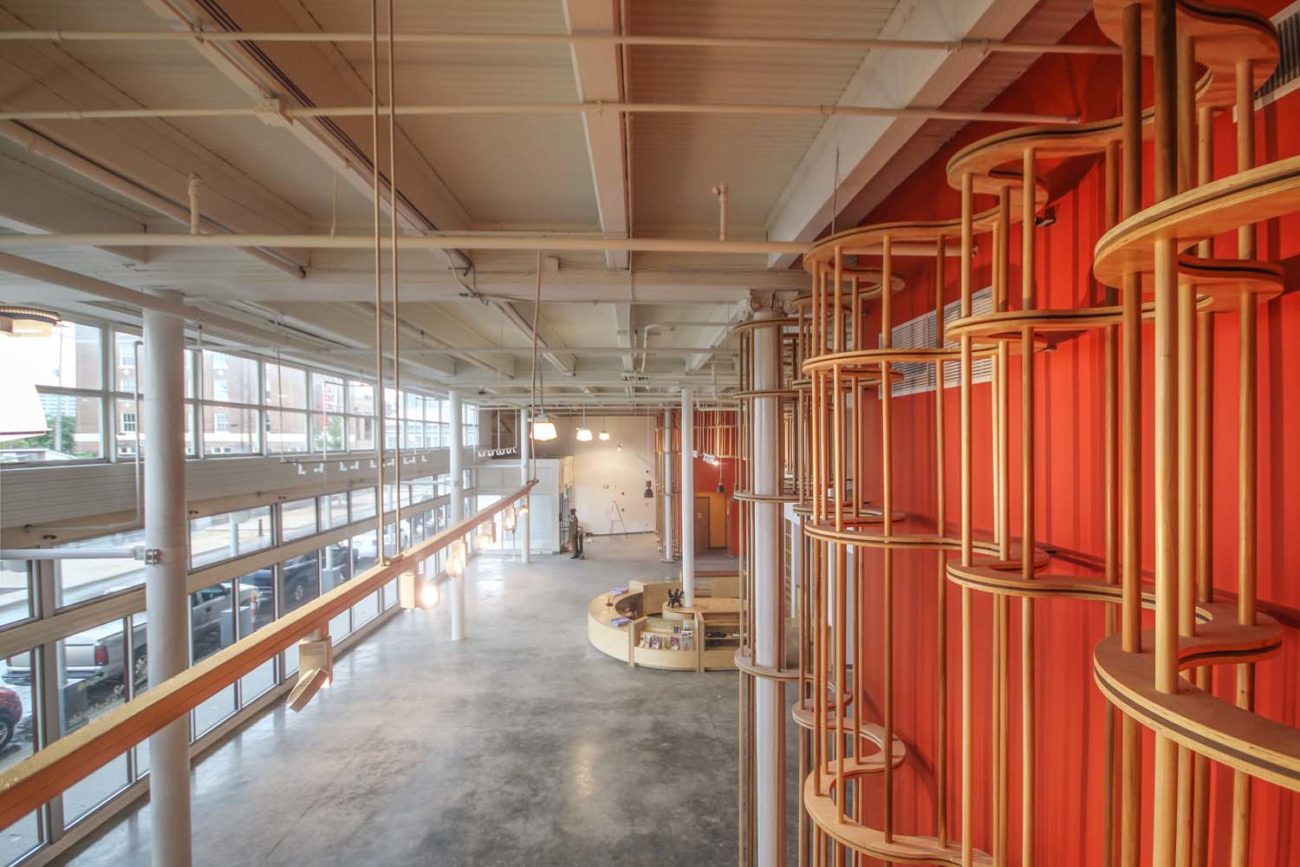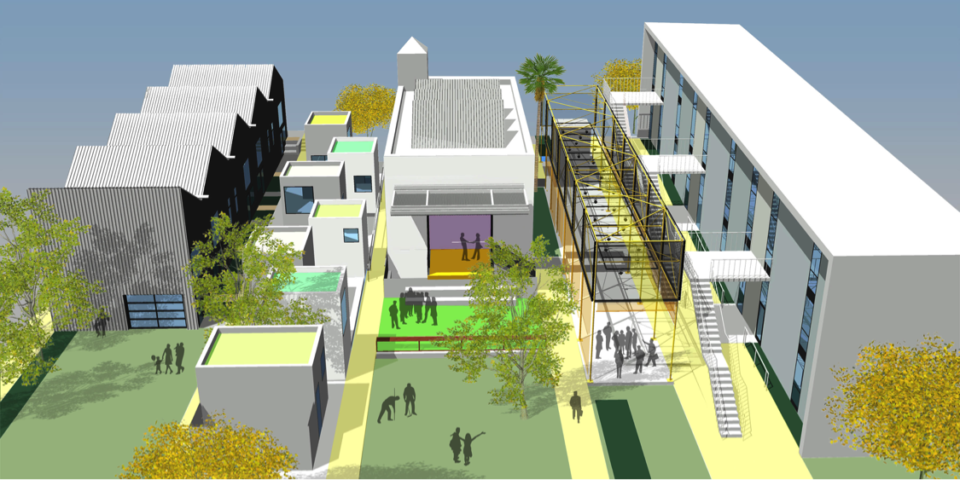The Health + Happiness category envisions a nourishing, highly productive, and healthy built environment. By focusing attention on the major pathways of health, we can prioritize the most important environmental conditions for creating robust, healthy spaces with maximum health and productivity.
Areas of primary consideration include promoting good indoor air quality and supporting a biophilic environment that nurtures the innate connection between people and nature.
Based on the Health + Happiness Petal of the Living Buildings Challenge.
Health + Happiness Assessment Factors:
Civilized Environment
This Assessment Factor examines access to amenities and natural surroundings, including fresh air and daylight, for all people and living entities in the development.

ASSESSMENT CRITERIA:
| Standard | Good | Better | Living Community Principles | Regenerative |
|---|---|---|---|---|
| Community has no specific ways to foster social connection. | Community has some groups to promote social connections. | Community has some organization and collaborates on 1 or 2 of the Living Community listed programs. | Civilized Environment Adequate staff positions to oversee community initiatives, such as: local food program, car and bike sharing, transit information center, community tool share, library, art and recreation programs, community center. Heritage preservation plan in place.2 | Shared tools, transportation, and financial and educational resources for residents. Resource use extended to other communities. |
Neighborhood Design
The Neighborhood Design Assessment Factor examines ways that design can improve community connection and flow.

ASSESSMENT CRITERIA:
| Standard | Good | Better | Living Community Principles | Regenerative |
|---|---|---|---|---|
| Limited access to walking trails, parks, and recreation areas. | Some access to walking trails that connect to amenities, parks, and recreation areas. | Community has some organization and collaborates on 1 to 2 of the listed Living Community listed programs. | Healthy Neighborhood Design Dedicated walking trails, parks, plazas, squares, recreation areas. Health & Wellness Education Plan in place.2 | Community encourages humans and other living things to thrive. Clean air, pure water, nutritious food, and secure, comfortable shelter are provided, with opportunities for physical activity, recreation, creative endeavors, social engagement, and stress reduction. |
Biophilia
The Biophilia Assessment Factor examines the connection between humans and nature.

ASSESSMENT CRITERIA:
| Standard | Good | Better | Living Community Principles | Regenerative |
|---|---|---|---|---|
| Standard development. Access to parks by driving. | Development includes parks and has some landscaping. | Innovative landscaping using native plants, rain gardens, constructed wetlands, access to parks and waterfront, community gardening. | Biophilic Environment Innovative public realm designed to include elements that encourage human/nature connection. Biophilic Framework & Biophilic Plan in place.2 | Development expands and reinforces residents' sense of place and connection to the natural world. Natural and resource cycles are obvious and understood. |
Resilient Connections
This Assessment Factor examines the resilience of community design and tools put in place to protect the community in the event of emergencies.

ASSESSMENT CRITERIA:
| Standard | Good | Better | Living Community Principles | Regenerative |
|---|---|---|---|---|
| No emergency plan or risk assessment conducted. | Emergency plan created and/or risks assessed. | Emergency plan includes access to nearby amenities and facilities. All community facilities have backup generators in case of emergency. | Resilient Community Connections Resilience through infrastructure, community resources, and social interactions. Place for residents to congregate in case of emergency. All facilities have backup power sources. Disaster Response Plan in place. Sensitive infrastructure located out of the flood plain.2 | All residents know and understand the emergency plan and their role in a response. Community is able to assist other communities in the event of an emergency. |
2 Derived from the Living Community Challenge Imperatives
